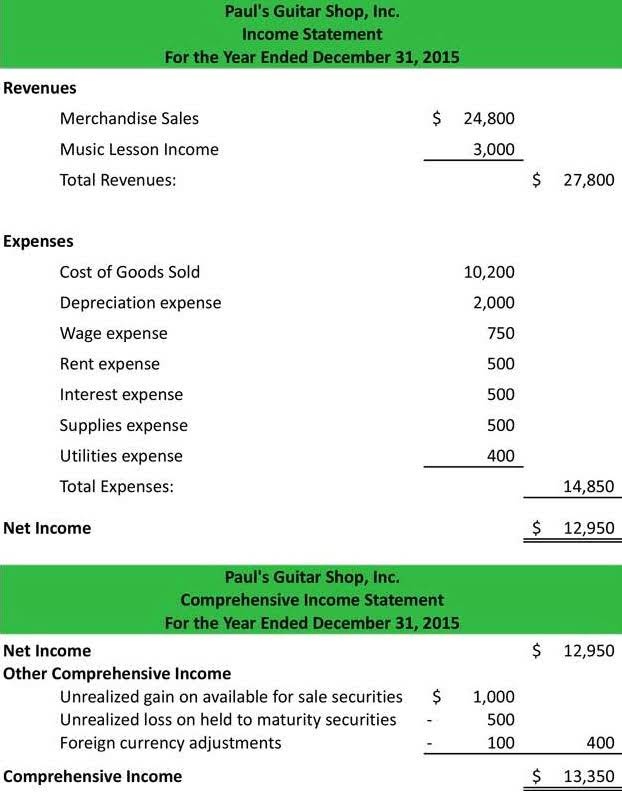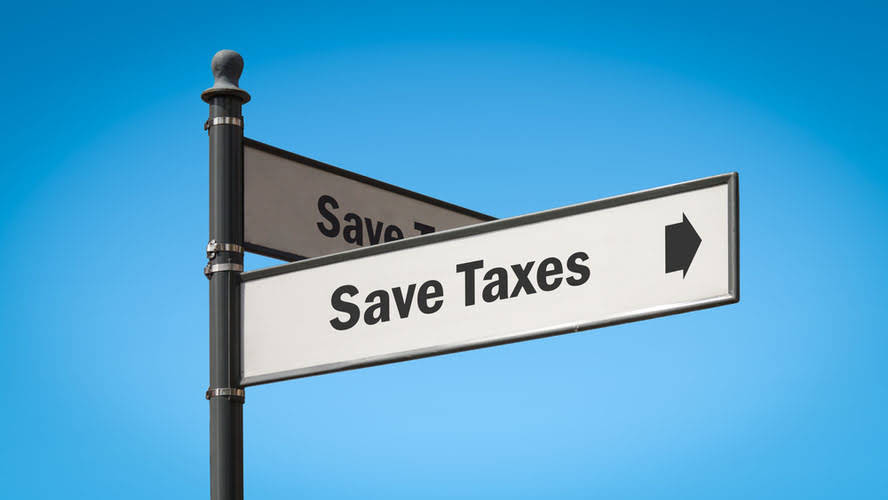
Suppose ABC predicts that out of $100,000 total accounts receivable, $20,000 is uncollectible. However, for larger companies or when dealing with bigger amounts, the allowance method may be preferred to manage bad debt risk and accurately report the health of the company. Using the direct write-off method, you credit Accounts Receivable during the period you realize the debt. This removes the revenue recorded as well as the outstanding balance owed to the business in the books. As a direct write off method example, imagine that a business submits an invoice for $500 to a client, but months have gone by and the client still hasn’t paid.

Accounts Payable Solutions
Certain industries with highly variable cash flows or unpredictable customer payment behaviors might find this approach more manageable. For example, businesses in the retail sector, where transactions are predominantly cash-based, may encounter fewer instances of bad debts, making direct write-off a feasible option. Additionally, companies that operate on a cash basis might align better with the method’s principles. When considering the adoption of the direct write-off method, businesses must evaluate specific direct write off method circumstances to determine its suitability. For smaller businesses, or those experiencing minimal uncollectible accounts, the simplicity of this method can outweigh its potential drawbacks.

Our customers

If you answered yes to any of these, the direct write-off method probably isn’t the best fit for you. But, if you run a small shop with only the occasional non-payer, and are more concerned with simplicity than perfect financial accuracy, it might be just fine. Companies that operate on a cash basis or don’t have significant receivables often use this method due to its simplicity. This removes the receivable from your books and reflects the loss as an expense—simple. On to the calculation, since the company uses the percentage of receivables we will take 6% of the $530,000 balance. The chosen method can significantly influence the financial performance and position of an organization, affecting measures such as profitability, liquidity, and solvency.
- Unlike the allowance method, which estimates bad debts and matches them to the period in which the sales occurred, the direct write-off method records bad debts only when they are determined to be uncollectible.
- As a result, the direct write-off method violates the generally accepted accounting principles (GAAP).
- The direct write-off approach is simpler for organisations with less accounting knowledge because it simply requires a single journal entry.
- By leveraging advanced bookkeeping services, businesses can enhance profitability, improve budgeting, and navigate tax compliance with greater confidence—all without hiring a full-time CFO.
Fewer Journal Entries
- We already know this is a bad debt entry because we are asked to record bad debt.
- Since 2014, she has helped over one million students succeed in their accounting classes.
- In deciding which method to use to account for bad debt, you need to understand the benefits and disadvantages of the direct write-off method.
- According to the matching principle, expenses should be reported in the same period they were incurred.
- Therefore, we will be using Allowance for Doubtful Accounts and Bad Debt Expense.
- Accurate and timely recognition of bad debt not only ensures compliance with accounting standards but also provides valuable insights into the effectiveness of credit policies and overall financial health.
It’s ideal if you don’t have many uncollectible accounts or if your invoices are typically paid quickly. Hence, the bad debt expense recorded each year is matched to the net sales for the year as per the matching principle of accounting. The direct write-off technique is the most straightforward way to book and record a loss on uncollectible receivables, although it violates accounting standards.

- The Direct Write-Off Method recognizes expenses when they are actually determined to be uncollectible, and thus does not adhere to the matching principle as strictly as the Allowance Method.
- However, for most companies, the benefits of the allowance method make it the preferred method of accounting for bad debts.
- When a bad debt is written off, the immediate effect is a reduction in accounts receivable, which can lower the total assets on the balance sheet.
- Also, it’s important to note that the direct write-off method can still be useful in some cases, like when a company has a small number of accounts and can easily tell which ones are unlikely to be paid.
- These factors include alignment with accounting standards, implications for reporting, and effects on financial performance and position.
- One of its customers, XYZ Corp., owes $5,000 but goes bankrupt and is unable to pay.
- We empower accounting teams to work more efficiently, accurately, and collaboratively, enabling them to add greater value to their organizations’ accounting processes.
Once you figure a dollar amount, ask yourself if that amount is the bad debt expense or the allowance. If it is the allowance, you must then figure out how much bad debt to record in what are retained earnings order to get to that balance. The direct write-off method allows a business to record Bad Debt Expense only when a specific account has been deemed uncollectible. The account is removed from the Accounts Receivable balance and Bad Debt Expense is increased.
- This direct write-off method shows that the company has recognized the uncollectible account as a loss and will not attempt to collect the debt any further.
- The amount used will be the ESTIMATED amount calculated using sales or accounts receivable.
- This essentially cancels the receivable and reflects Ariel’s loss from the credit-worthy client.
- Using the Direct Write Off Method, the company will record a bad debt expense of $10,000 at that point, reducing the accounts receivable balance by the same amount.
- This helps to minimize the impact of the bad debt on the business’s financial situation.
- This is because accounts receivable is an asset that grows in value when debited.
Journal Entry for Direct Write-Off
If using sales in the calculation, you are calculating the amount of bad debt expense. If using accounts receivable, the result would be the adjusted balance in the allowance account. The percentage of sales method is based on the premise that the amount https://www.bookstime.com/articles/how-to-calculate-commission of bad debt is based on some measure of sales, either total sales or credit sales. Based on prior years, a company can reasonably estimate what percentage of the sales measure will not be collected.
